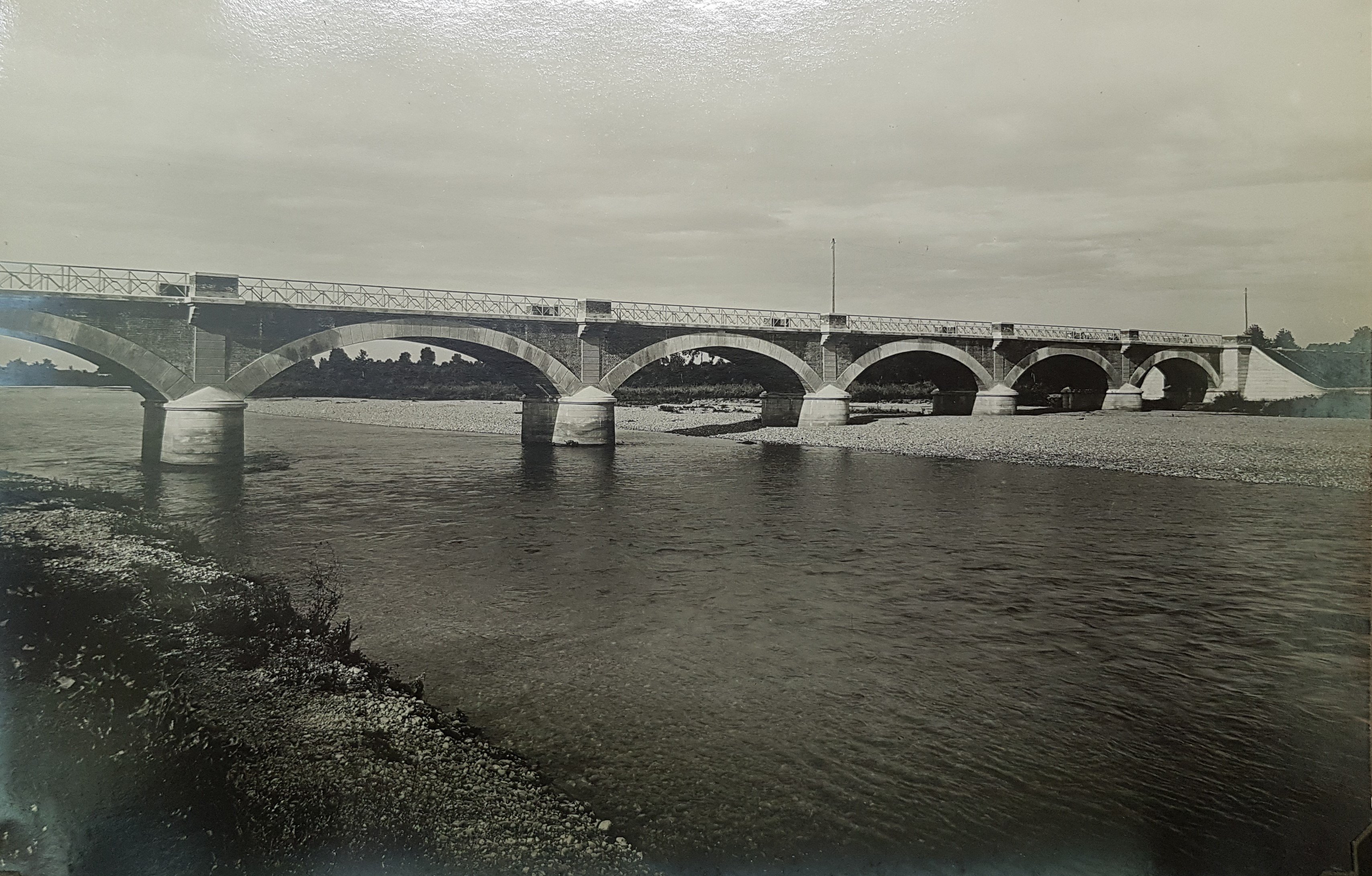
Rovato Soncino
The story of the Cremona - Rovato railway inexorably revolves around the history of a wealthy farming town of the early 19th century, which may not be particularly historic, but was still worthy of the attention of the provincial capital.
This town is Soncino, the principal reason, at least officially, for the construction of a railway line connecting the wealthy town with enterprises in the city.
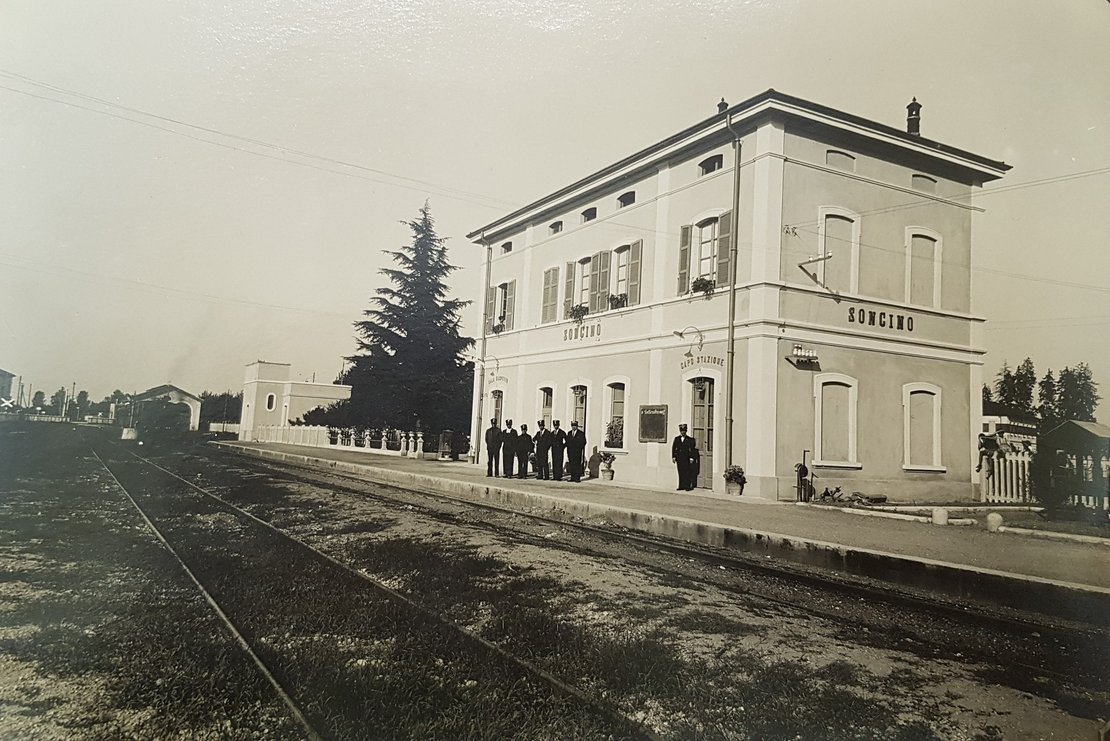
The last section of the line to be completed, inaugurated in 1932, marked the completion of a process that had begun no less than thirty years earlier with the goal of connecting a part of the province to the provincial capital and joining the upper Po valley with the mountain pastures, an achievement that was no less important for the economy of the day.

Gallery

Rovato SNFT station 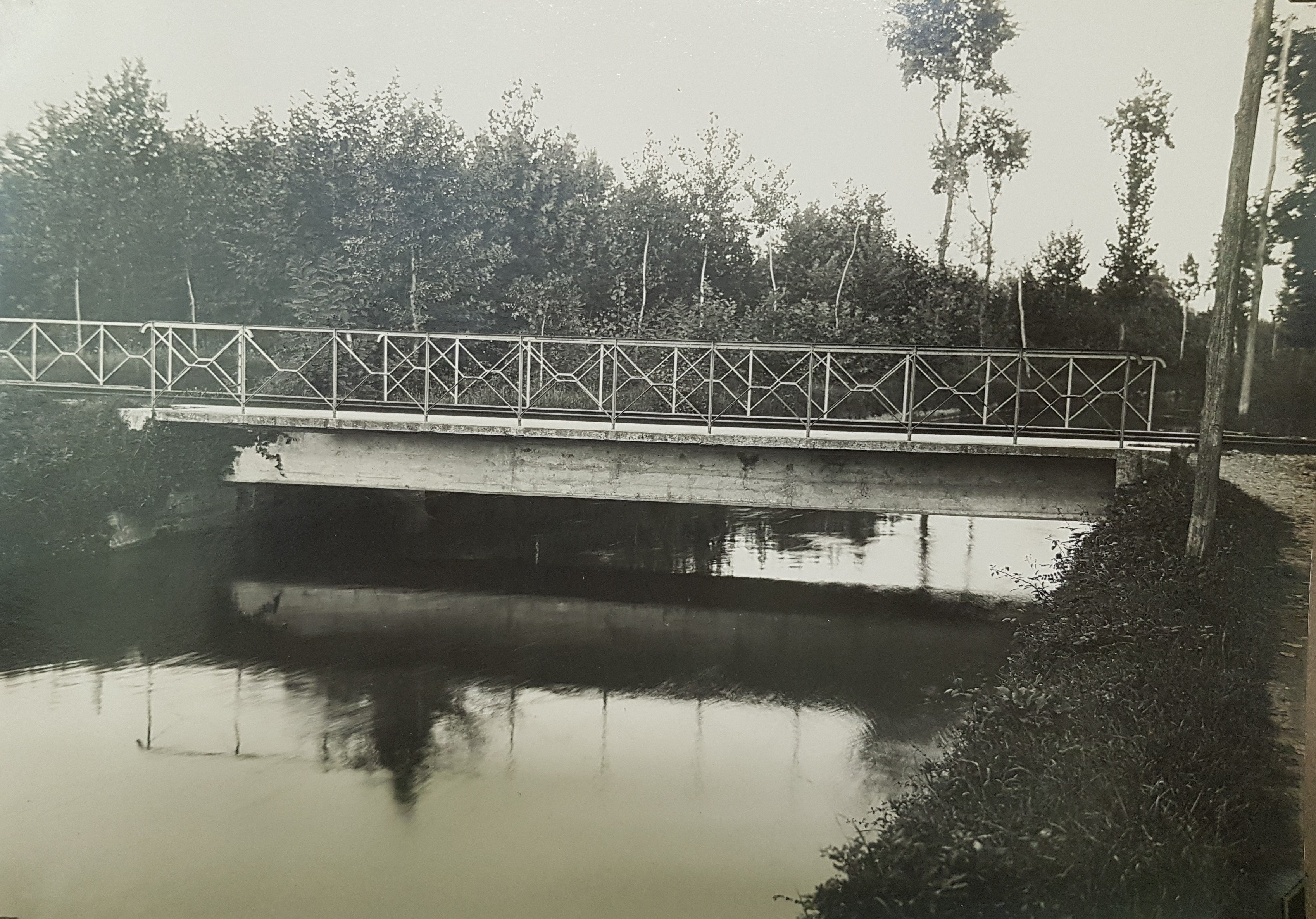
Concrete base plate with 10 metre-long struts, one of a series of 13 bridges on the Soresina - Soncino section of the line 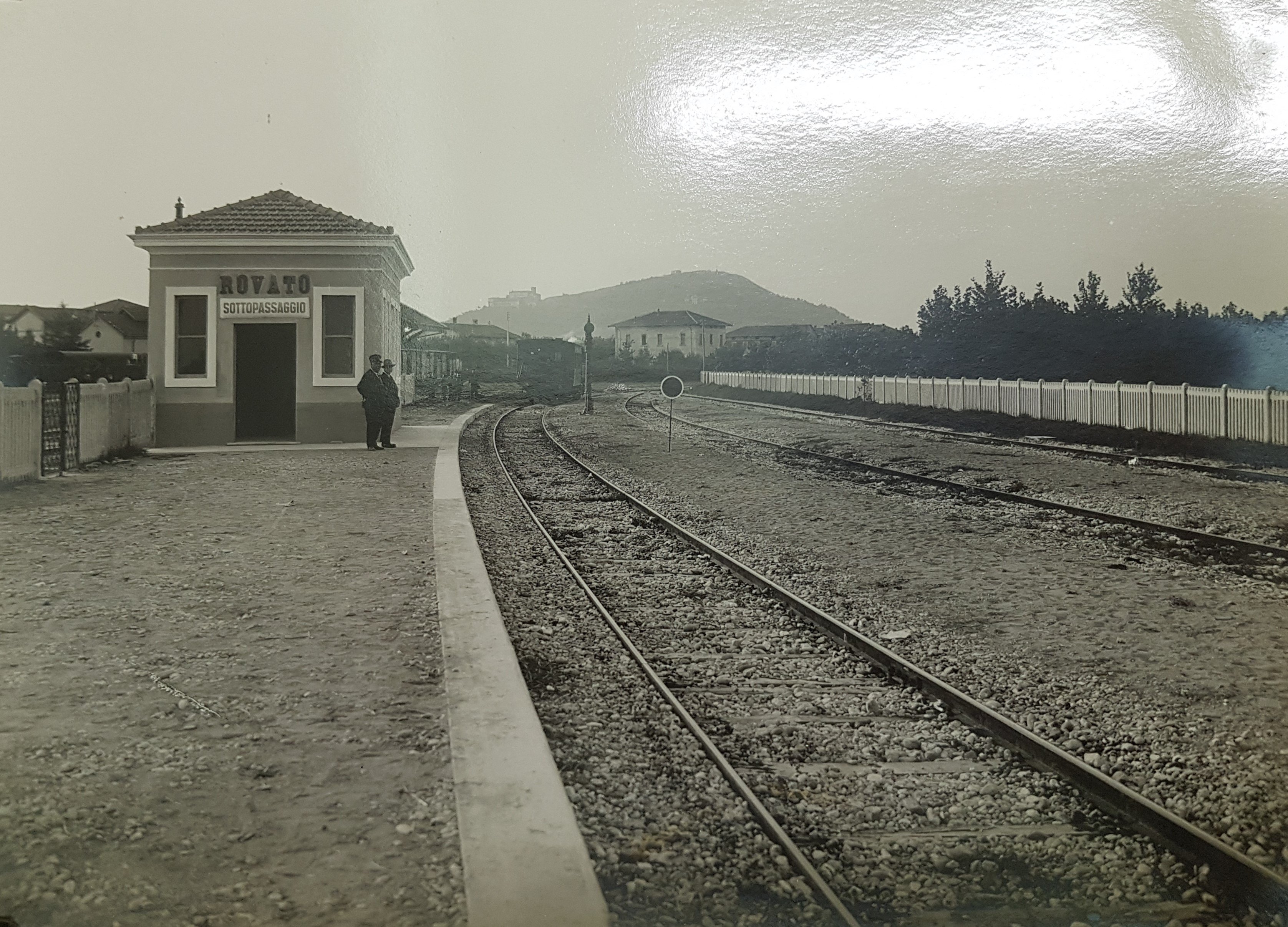
Railyard and underpass in Rovato station on the Soncino - Rovato section of the line 
The new Orzivecchi railway station 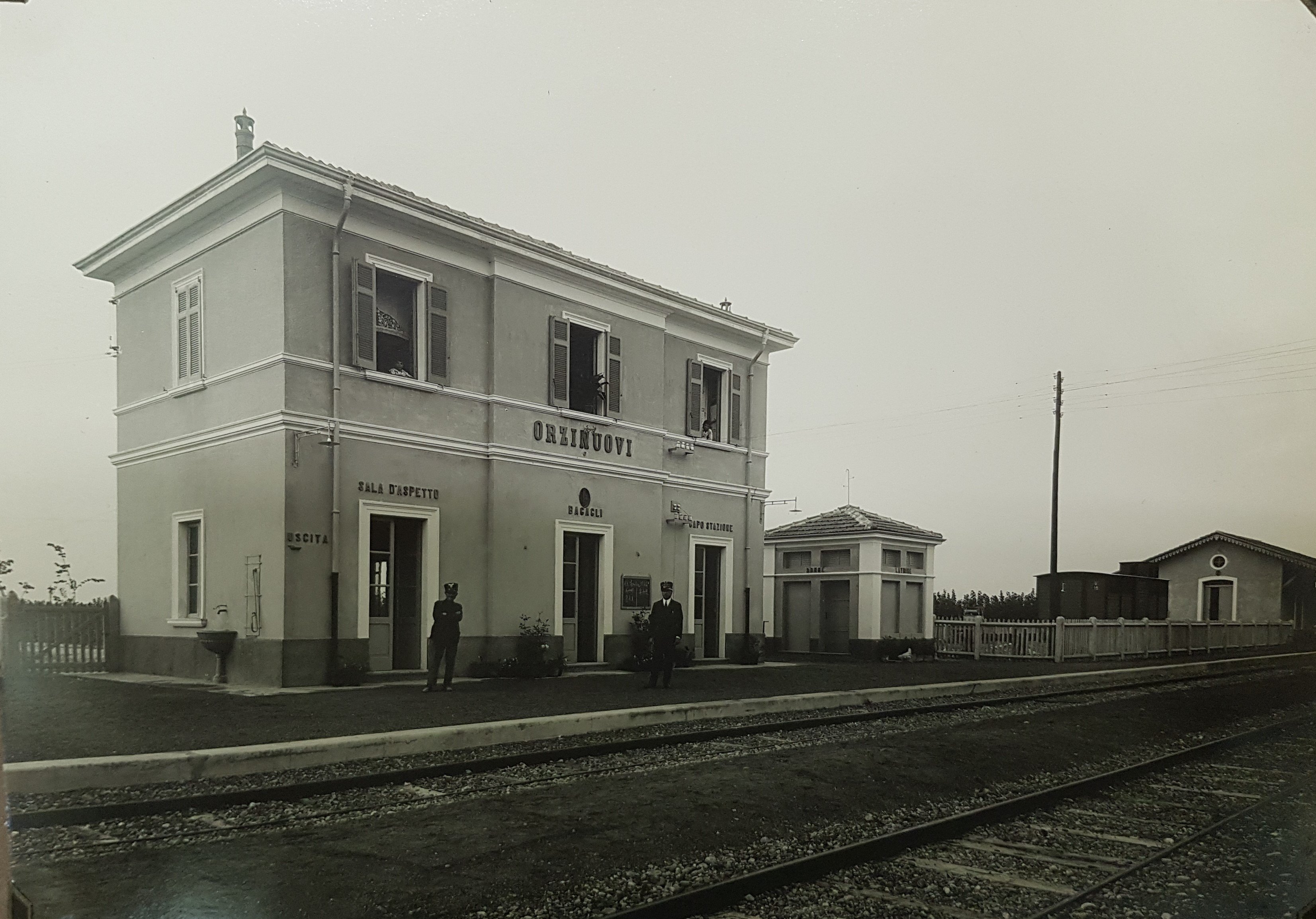
The passenger terminal of Orzinuovi, now dismantled 
Railway workers posing in front of Soncino station 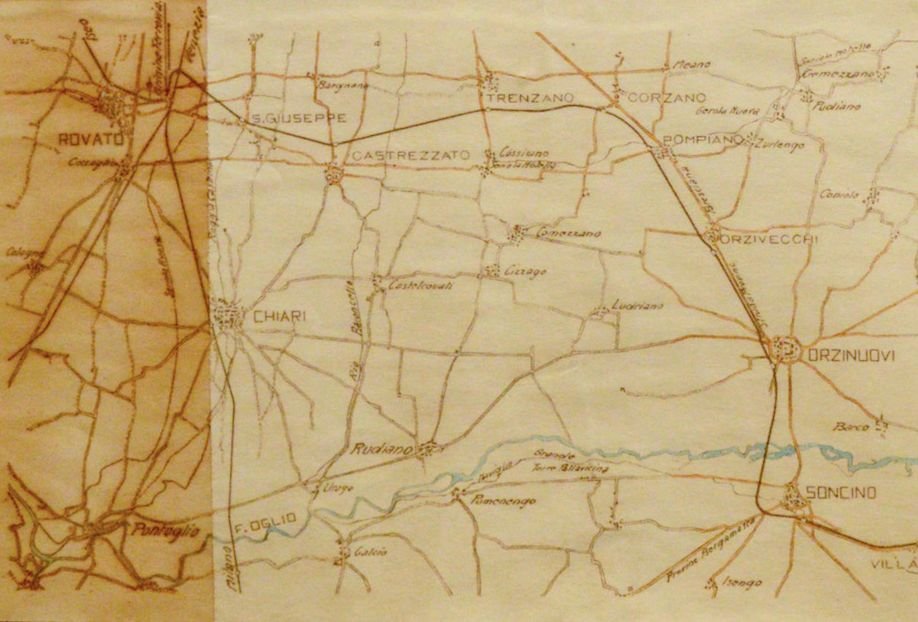
Layout diagram 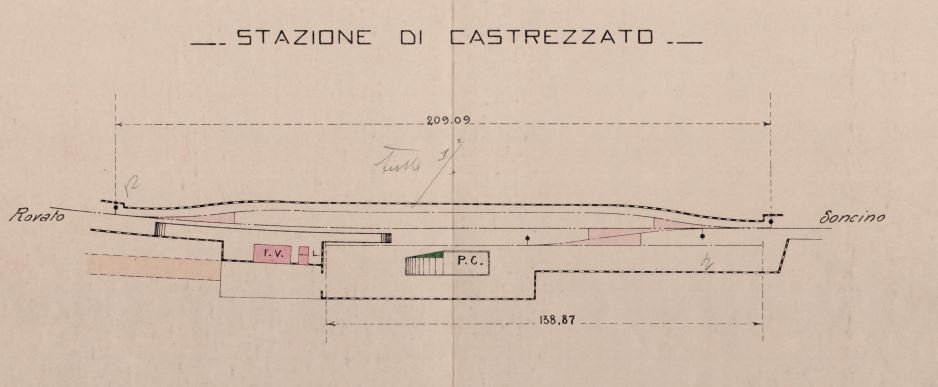
Layout diagram of Castrezzato station 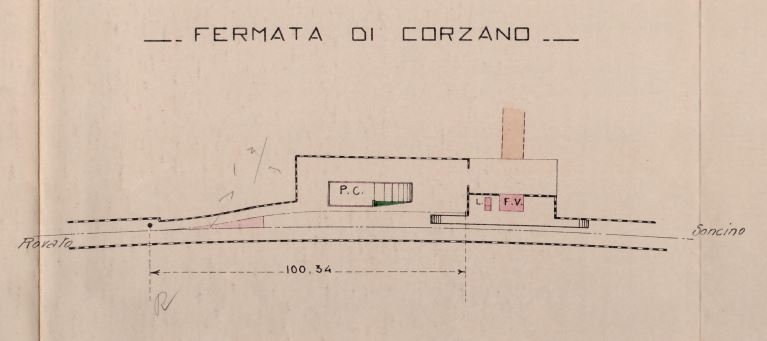
Layout diagram of Corzano station 
Layout diagram of Orzinuovi station 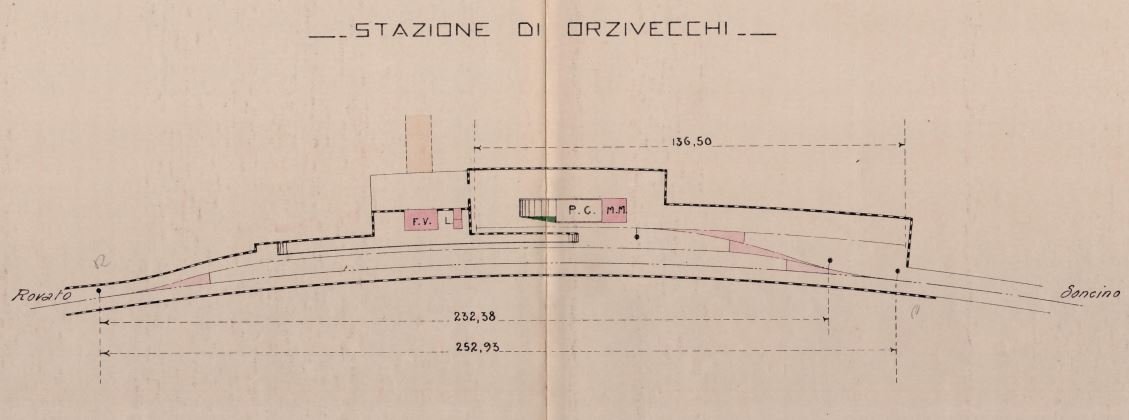
Layout diagram of Orzivecchi station 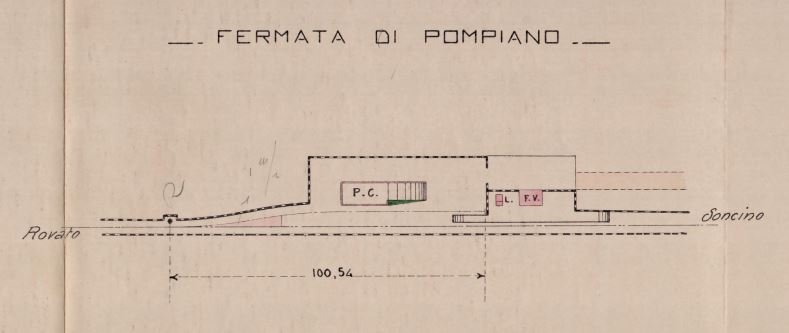
Layout diagram of Pompiano station 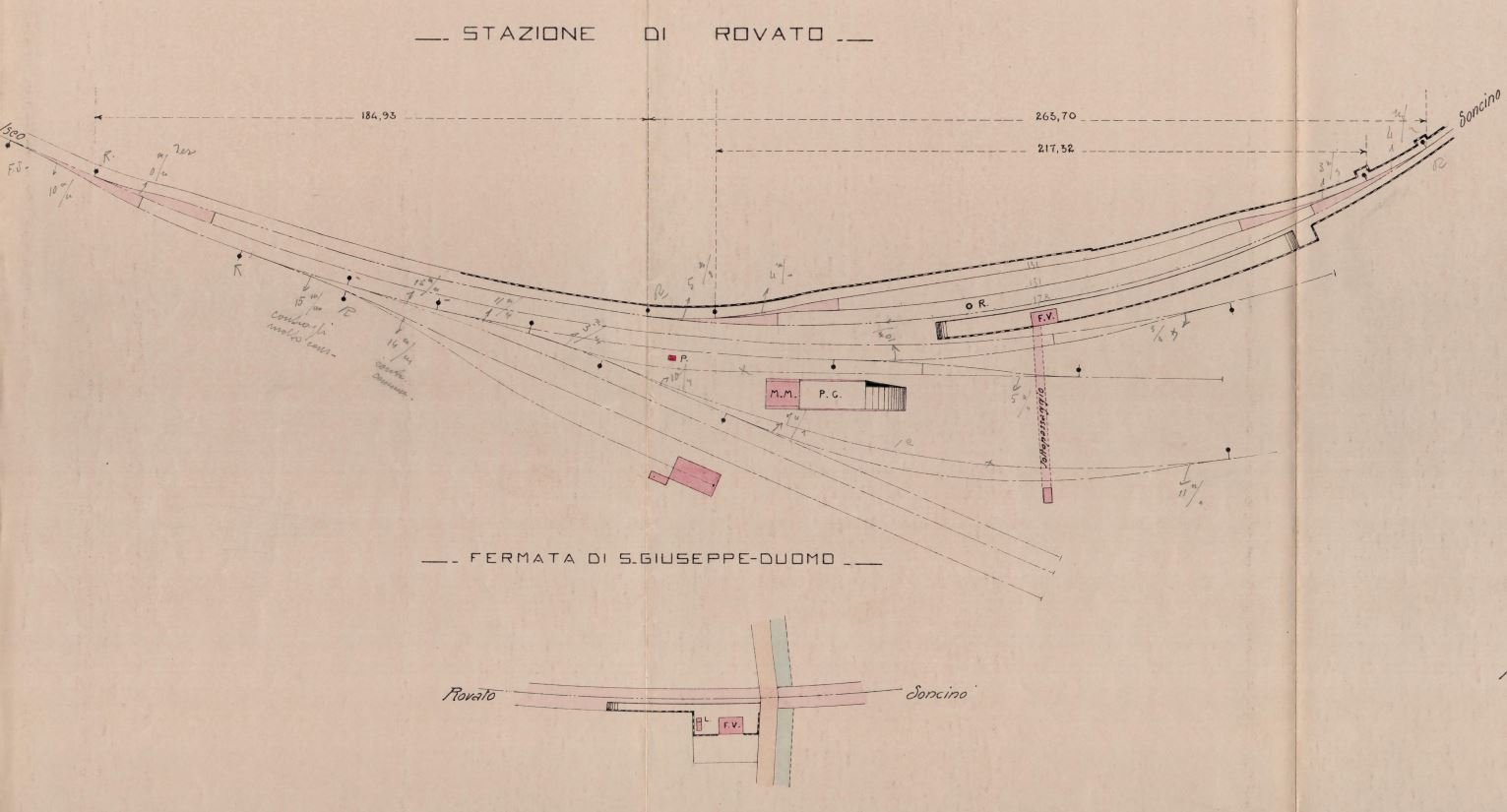
Layout diagram of Rovato station 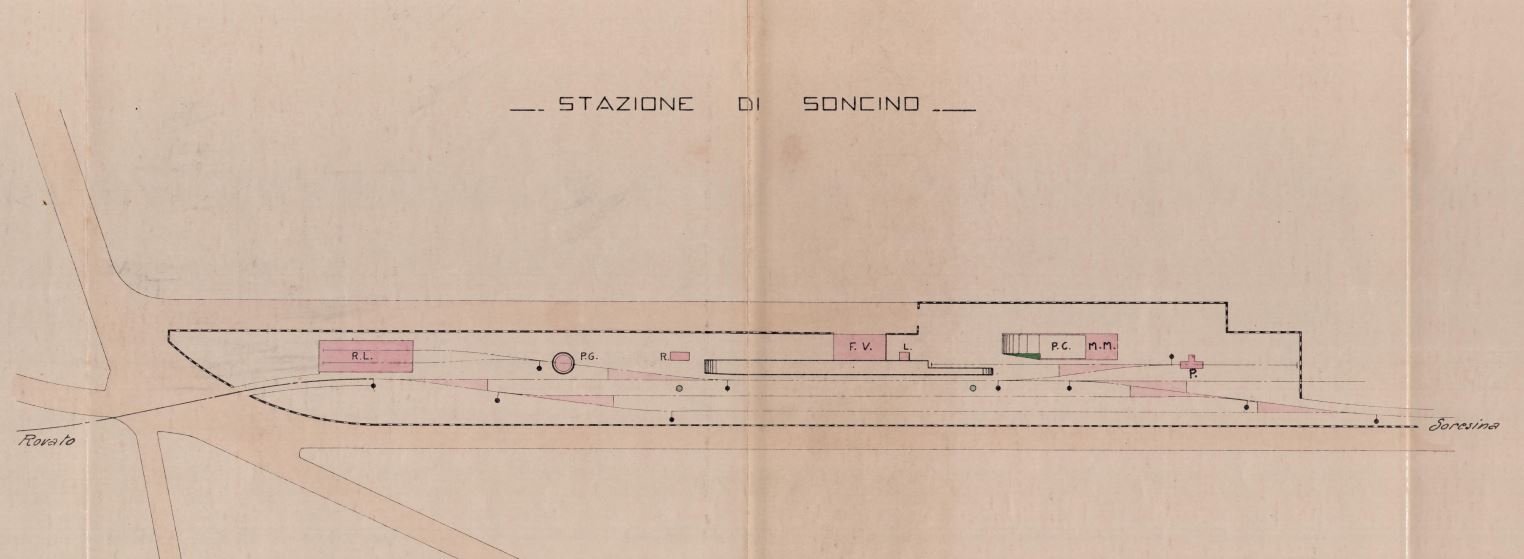
Layout diagram of Soncino station 
Layout diagram of Trenzano station